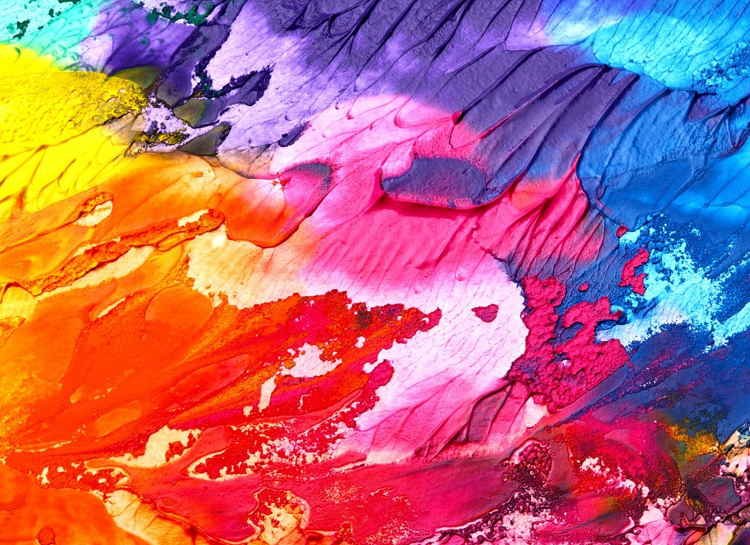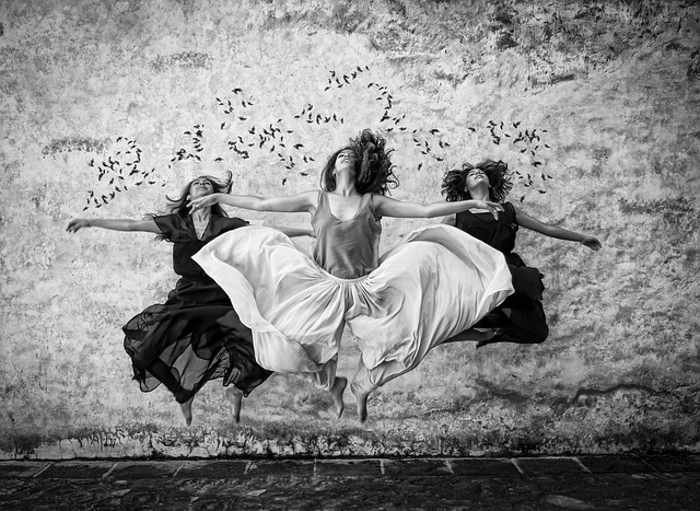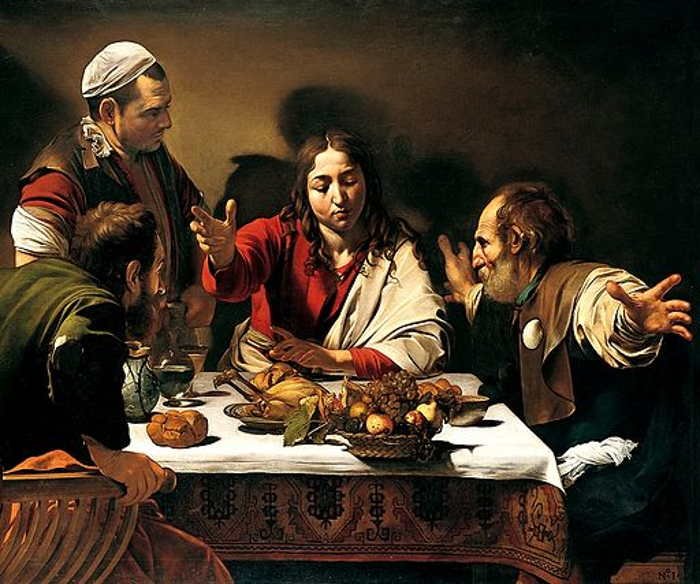
If we talk about painting and we look at the past, we notice that there were more famous male painters than female painters. This is because women had generally less opportunities than men at the time.
One incredibly talented Italian female painter, who lived in the XVI century, was Artemisia Gentileschi.
Let’s see her story.
Who was Artemisia Gentileschi?
Artemisia was born in Rome in 1593. Her parents were Prudenzia di Ottaviano Montoni and Orazio Gentileschi, a painter. Artemisia’s mother died in 1605 and so she was raised by her father, who introduced her to painting. Artemisia was more than happy to learn how to paint and immediately exhibited a natural talent.
She completed one of her now most famous paintings when she was 17 years old: Susanna e i Vecchioni (Susanna and the Elders) and started to be known in Rome for her incredible skills.
In her adolescence she was influenced by her father’s style, which, in turn, was influenced by Caravaggio. I’m no expert but I think we can see many similarities between some of Caravaggio’s and Artemisia’s paintings, especially concerning their immediacy, realism and a dramatic use of light.
In 1611 she had a terrible experience. In that year, Artemisia’s father, Orazio, was painting the vaults of Casino delle Muse with the help of one of his friends, Agostino Tassi.
Tassi used to visit Artemisia’s household very often. One day he visited with a friend. Except for one of Artemisia’s friends who lived on the second floor, Artemisia was alone in the house. Once Tassi entered the house, he raped Artemisia with the complicity of his friend, who did nothing to stop him, and with the complicity of Artemisia’s friend, who despite the screams of the poor girl, she did nothing to help as well.
At the time, having intercourses before being married was absolutely inacceptable and could ruin a woman’s reputation in a second. The only solution a woman had was to get married, which is what Tassi, who, by the way, was already married, promised Artemisia.
However, after nine months, Tassi changed his mind and told Artemisia that he wouldn’t marry her.
When Artemisia’s father learned that Tassi wasn’t going to marry his daughter, he pressed charges against him for raping his daughter and for stealing a painting from his house.
Artemisia Gentileschi had to prove that she was a virgin before Tassi raped her. How you’re asking? Of course, she was tortured with thumbscrews, to see if she was telling the truth or not.
During the trial, it was discovered that Tassi had intercourses with his sister-in-law and also that he was planning to kill his wife, and to steal Artemisia’s father more paintings. At the end of the trial, he was exiled from Rome but was never formally found guilty.
The trial had exposed a big scandal and Artemisia, although was the victim, would have had to endure the consequences of it if she had stayed in Rome. So, to protect her, her father arranged for her to marry an artist, Pierantonio Stiattesi, and sent her to Florence.
Finally free from people’s opinions, Artemisia Gentileschi knew many artists and influential persons. She became a successful court painter under the patronage of the famous House of Medici and became the very first woman accepted into the Academy of the Arts of Drawing.
Some years later she and her husband left Florence and travelled, first back to Rome, and then to Venice and London. During her travels, Artemisia started collaborating with many artists of the time, learnt new painting techniques, and created beautiful artworks like Judith and her Maidservant, The Sleeping Venus, Corisca and the Satyr, and cathedral paintings such as Saint Januarius in the amphitheater of Pozzuoli.
It’s not clear when she passed away but it is thought that she may have died during the plague in Naples in 1656.
Today she’s considered one of the best, most expressive and most progressive painters of XVI century.
Did you know Artemisia Gentileschi?
What’s your favorite painting?
If you found this article about Artemisia Gentileschi interesting, don’t forget to share it or to like our Facebook page!
Credits
Original image by garageband




 Italian expressions to use when your child doesn’t want to eat
Italian expressions to use when your child doesn’t want to eat

